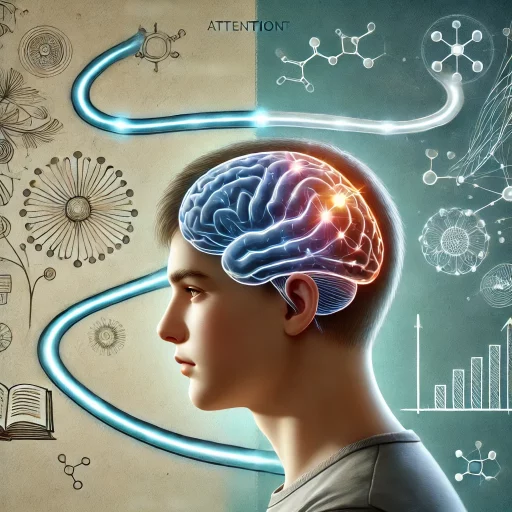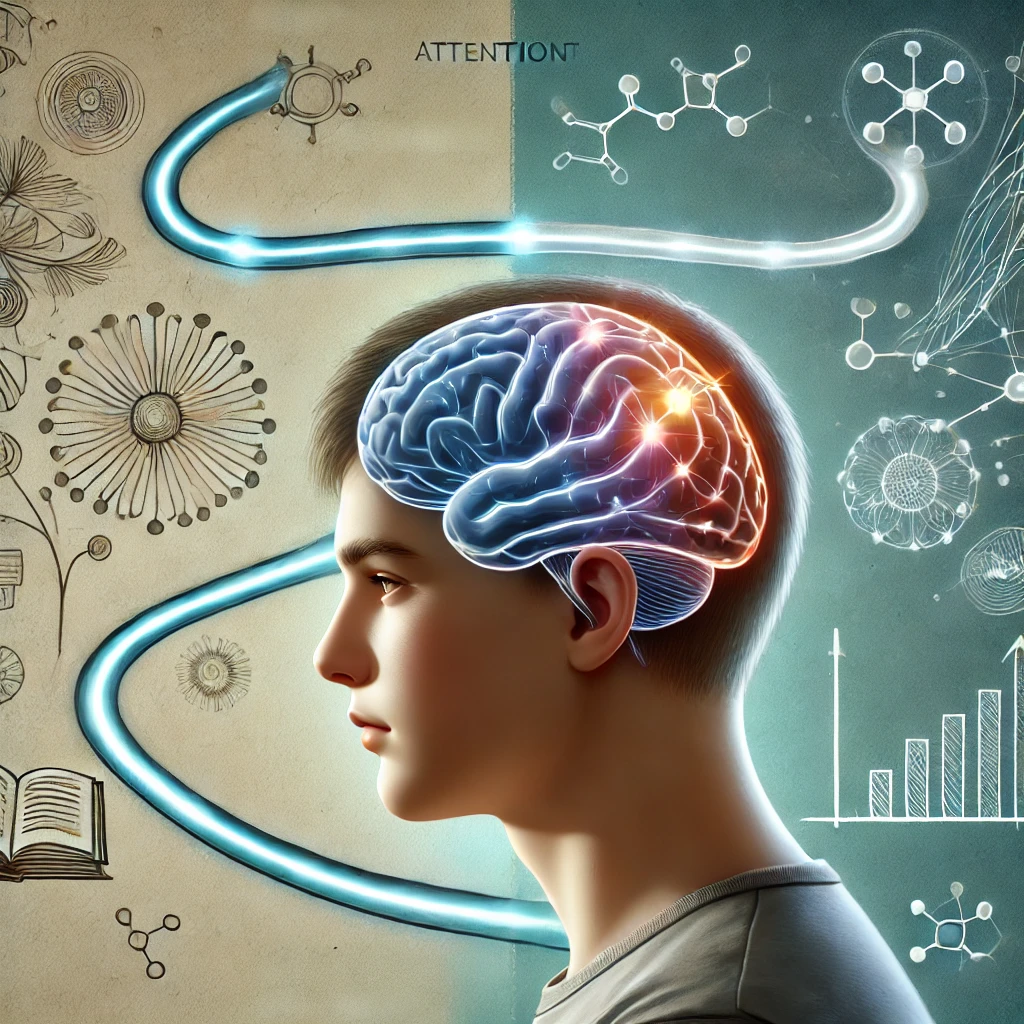An Insight into Teen Brains and Future Choices
Scientists have recently discovered a fascinating link between how teenagers focus and their potential for substance use in young adulthood. This study found that specific brain activity patterns, especially those tied to sustained attention, may provide clues about future behavior concerning alcohol and drug use.
Attention Challenges and Brain Activity
Researchers monitored brain networks in teenagers, paying close attention to how effectively they could focus on tasks for extended periods. They discovered that teens who struggled to maintain focus showed distinctive activity in certain brain regions. Surprisingly, these same teens were more likely to engage in substance use, such as alcohol or drugs, later in life. In a way, it’s as if their brain’s attention system subtly hints at future choices.
Early Warning Signs for Parents and Educators
For parents and teachers, understanding that attention difficulties in teens could indicate a higher risk of substance use is valuable. It’s like noticing an early warning light—if adults recognize these signs early on, they may help steer teens away from potentially risky habits. This insight allows caregivers to identify those who may benefit from additional support.
Building Healthier Habits During Adolescence
This research emphasizes the importance of mental health and well-being during adolescence. Identifying attention issues early allows for the creation of programs that strengthen focus skills, potentially reducing future substance use. Beyond substance prevention, it highlights that the teenage brain is still in development, underscoring a critical window for establishing lifelong habits that promote health and well-being.
Source: Brain Networks for Sustained Attention in Teens Predict Substance Use in Young Adulthood





